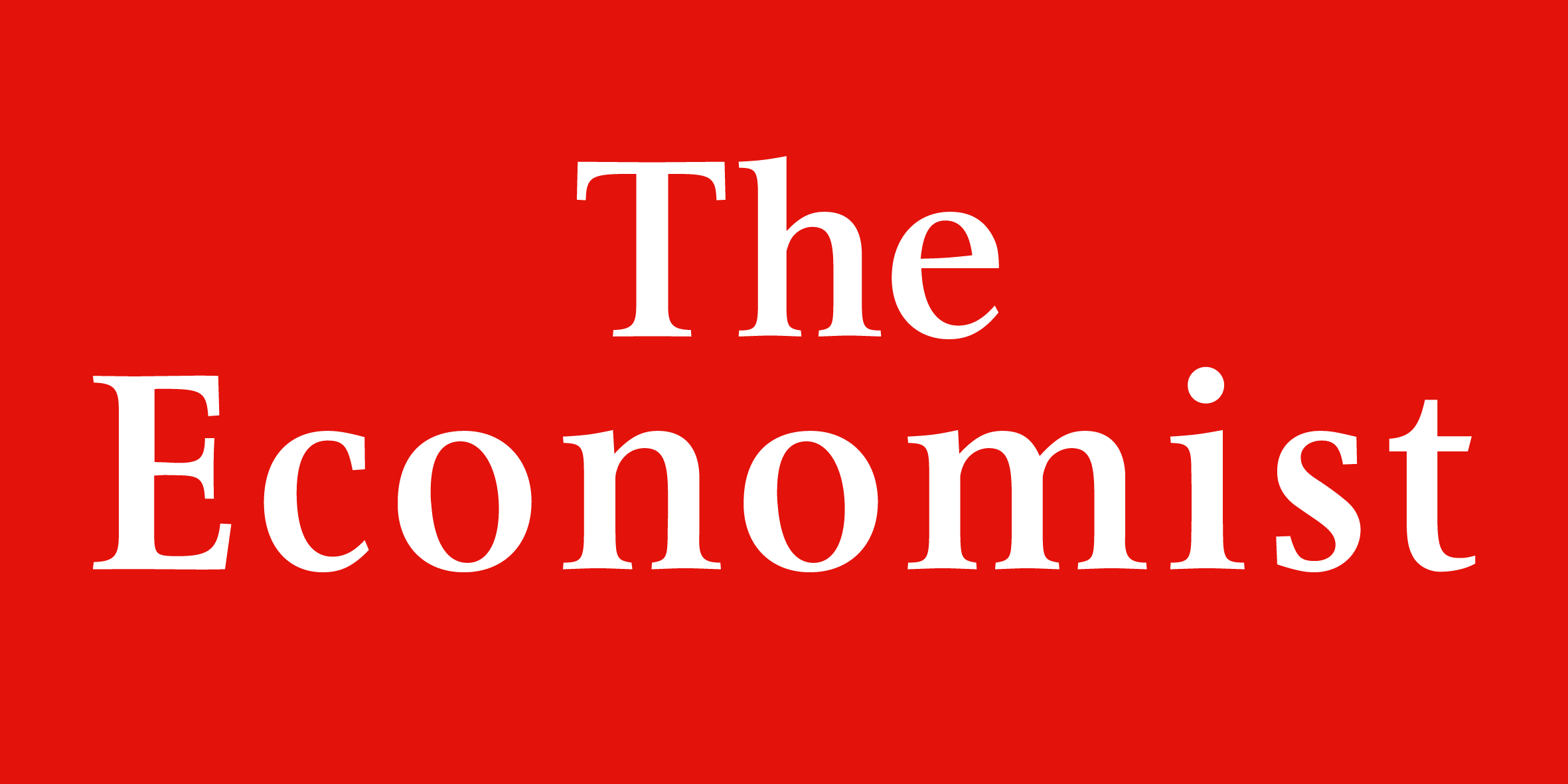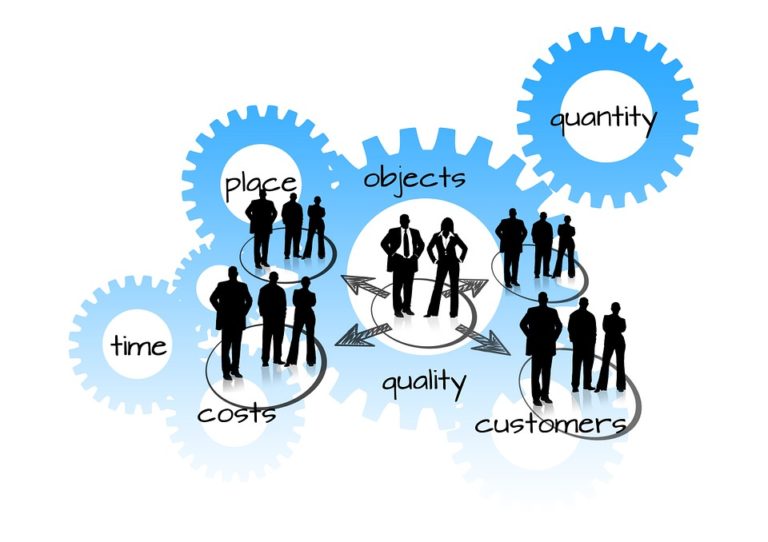The real-time revolution
Enter third-wave economics; How the pandemic reshaped the dismal science
As part of his plan for socialism in the early 1970s, Salvador Allende created Project Cybersyn. The Chilean president’s idea was to offer bureaucrats unprecedented insight into the country’s economy. Managers would feed information from factories and fields into a central database. In an operations room bureaucrats could see if production was rising in the metals sector but falling on farms, or what was happening to wages in mining. They would quickly be able to analyse the impact of a tweak to regulations or production quotas.
Cybersyn never got off the ground. But something curiously similar has emerged in Salina, a small city in Kansas. Salina311, a local paper, has started publishing a “community dashboard” for the area, with rapid-fire data on local retail prices, the number of job vacancies and more—in effect, an electrocardiogram of the economy.

What is true in Salina is true for a growing number of national governments. When the pandemic started last year bureaucrats began studying dashboards of “high-frequency” data, such as daily airport passengers and hour-by-hour credit-card-spending. In recent weeks they have turned to new high-frequency sources, to get a better sense of where labour shortages are worst or to estimate which commodity price is next in line to soar. Economists have seized on these new data sets, producing a research boom (see chart 1). In the process, they are influencing policy as never before.






